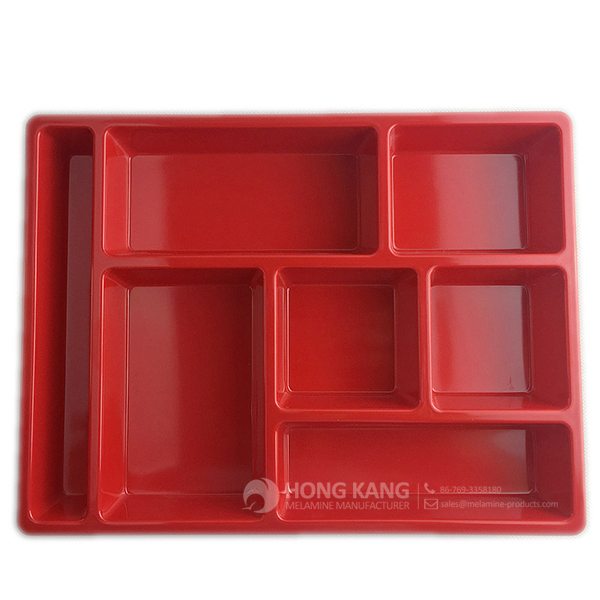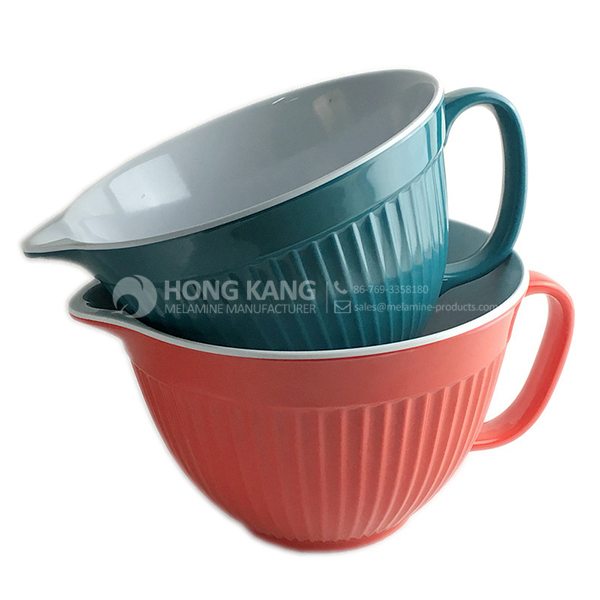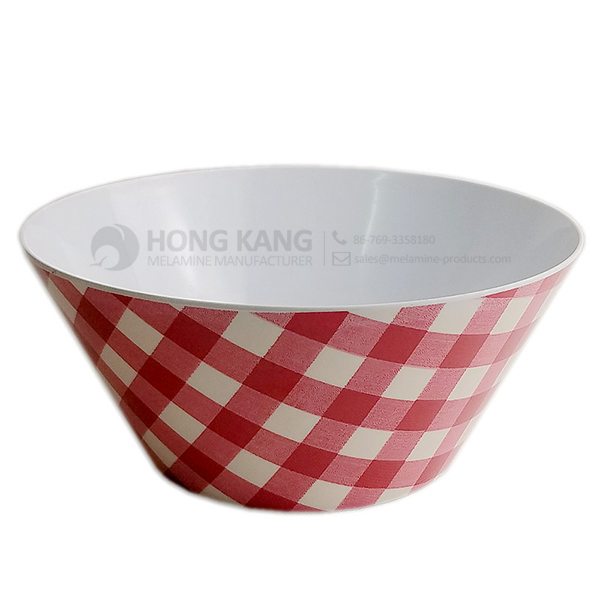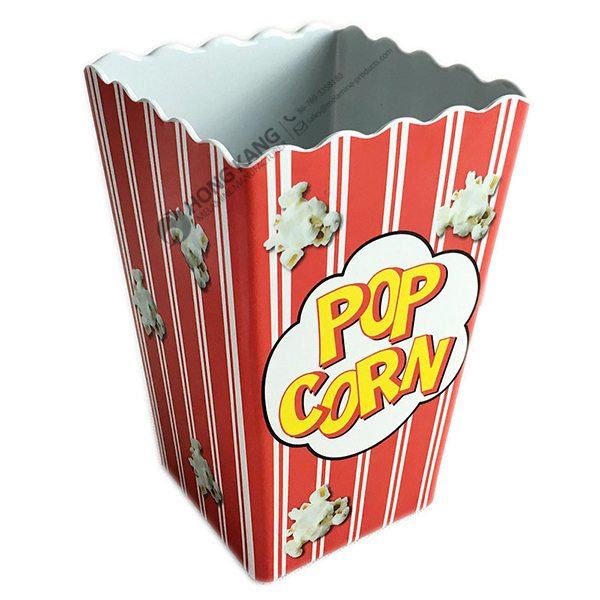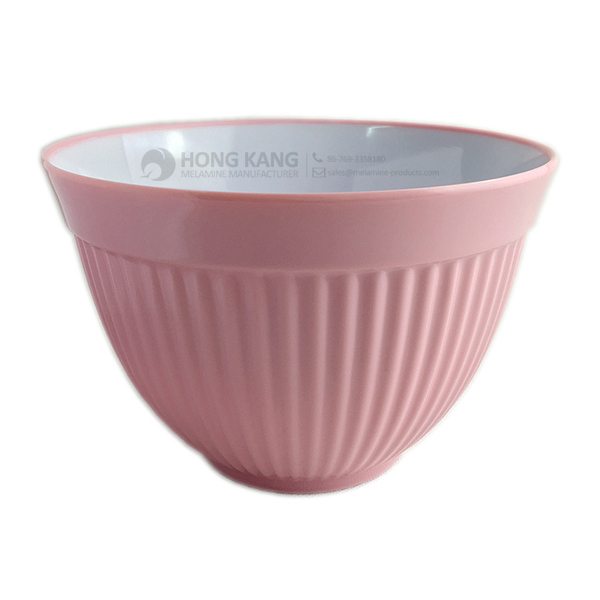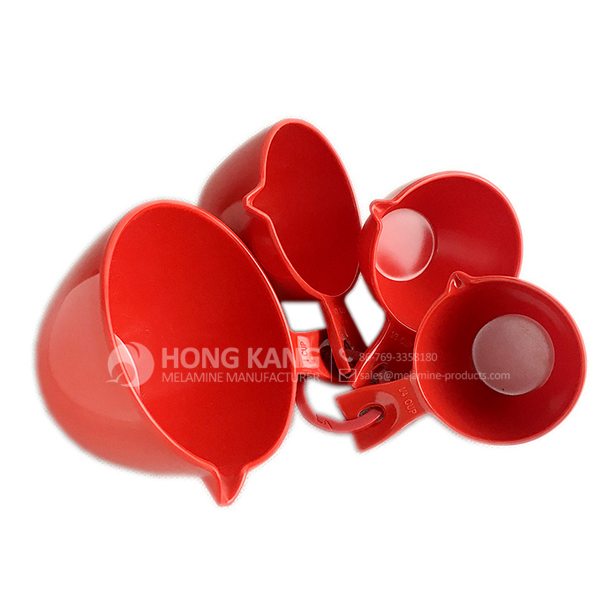Chinese Professional melamine round ashtray for Zambia Manufacturers
Chinese Professional melamine round ashtray for Zambia Manufacturers Detail:
| Specification | |
| Item Name | 4inch Round Melamine Two Tone Ashtray |
| Item No. | AT008 |
| Shape | Round |
| Body Color | Red |
| Decal Color | 4 colors print (if need) |
| Finish | Glossy |
| Style | Fashion |
| Motif Design | Customized |
| Shape Design | OEM/ODM |
| Test Standard | FDA,PROP 65,EN71,LFGB etc. by SGS or ITS |
| Packaging | 12pcs/box,72pcs/carton |
| Dimensions | |
| Length | 10 cm |
| Width | 10 cm |
| Height | 4.5 cm |
| Capacity | N/A |
| Material | |
| Body Material | 100%melamine |
| Decal Material (if need) | 4 colors print (CMYK), or spot color printing, RoHS certificate |
| Imprint (if need) | Seiko ink type 1000 or other type, RoHS certificate |
| Accessories Information | |
| Lid included | No |
| Other | No |
| Weights | |
| Net Weight (kg) | 5.8 |
| Shipping Weight (kg) | 6.8 |
Product detail pictures:
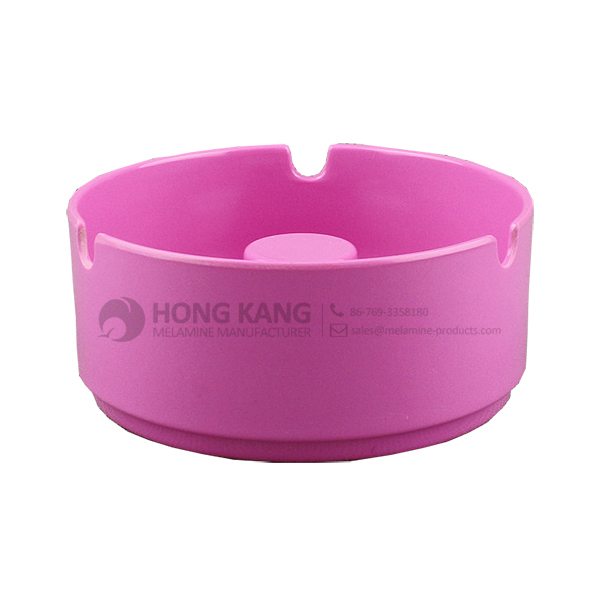
Related Product Guide:
Affordable Types of Dinnerware Sets
The Benefits Of Using Silicone Kitchen Utensils
Using a complete scientific high quality management program, superior high quality and superior faith, we acquire great reputation and occupied this industry for Chinese Professional melamine round ashtray for Zambia Manufacturers, The product will supply to all over the world, such as: Jordan , Orlando , Seattle , Our company now has many department, and there have more than 20 employees in our company. We set up sales shop, show room, and product warehouse. In the meantime, we registered our own brand. We have tightened inspection for quality of product.
FAQ: 1.Q: Where is your factory located? How can I visit there? A: Our factory is located in Guangdong province, China. Warmly welcome to visit us! 2.Q: What is the material of your products? A: The material is melamine. 3.Q: How can I get some samples? A: We can send the samples by Express/DHL/FedEx/UPS etc. 4.Q: How does your company do regarding quality control? A: We have a very strict QC system. Our inspectors have been closely monitoring the production process from the selection of raw materials to the final step of the finished products. 5.Q: Can you print our logo on the product & packing? A: Yes, We can print your logo on our products. 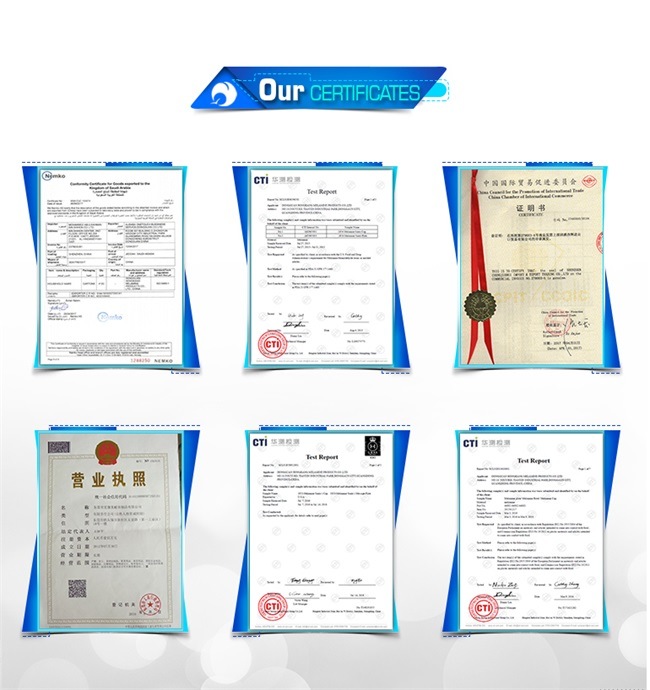
| * Do Not Touch On Fire Directly | |
|---|---|
| * Do Not Washing By Steelwire Ball | |
| * Non-Microwave Ovens | |
| * Dishwasher Safe |
really cute design, there are multiple color for choice. Decorate your home with these candle holders. New arrival in 2015
Timely delivery, strict implementation of the contract provisions of the goods, encountered special circumstances, but also actively cooperate, a trustworthy company!






